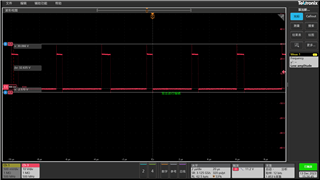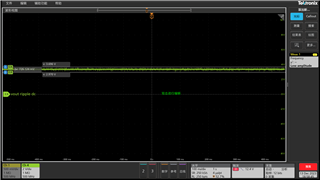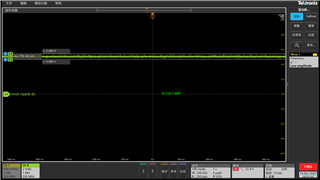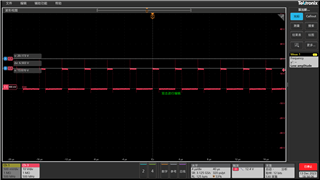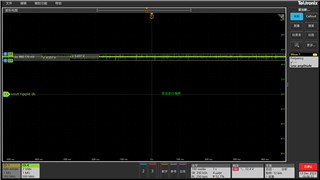I have designed a non-synchronous switched mode power supply that takes 24V DC in and outputs 5V DC and 3.3V DC using the TPS54283PWP. However when I power the chip using my 24V supply the chip essentially fries itself and looks like it shorts ground to 24V in (it looks like it does this internally within the chip). If I start my input voltage at 1V and slowly crank it up it seems to operate as expected until I reach around the 18V mark and the fries itself again (however I'm not sure if this is just me spinning the knob too crank the supply up quickly at this point). I have triple checked the ratings of all components to make sure they are adhering to the correct ratings and have closely followed the design example in the datasheet for the 24V input. The PCB layout guidelines have been closely followed and adhered too as well as been tested on multiple boards with the same outcome so the problem does not lie within the PCB layout (as I see a lot of answers for this type of stuff refer too). I have attached a schematic of the power supply circuit I am using (verified they are not shorts on the load as the same outcome occurs when I leave the output open circuit). Please let me know if anyone can see anything wrong with the schematic. Note that the 47uF capacitors C11 and C17 are electrolytic polarized caps with a ESR of 400m ohms as suggested by the design examples for stability. Let me know if there are any questions or clarifications necessary, thank you. I will attach the full power supply circuitry but am only really concerned with the TPS54283PWP and surrounding components as the other parts of the power supply have been confirmed working.AudioDemodulator v2.3-Power.pdf
-
Ask a related question
What is a related question?A related question is a question created from another question. When the related question is created, it will be automatically linked to the original question.


